Creating a comfortable and healthy habitat for your pet lizard is essential for its wellbeing and longevity. Whether you’re bringing home a bearded dragon, gecko, or chameleon, these fascinating reptiles require specific environmental conditions to thrive. Setting up the perfect lizard habitat involves more than just purchasing a glass tank—it requires careful consideration of heating, lighting, substrate, and decorations that mimic their natural environment. This comprehensive guide will walk you through everything you need to know to create an ideal home for your scaly companion, ensuring they live a happy, healthy life under your care.
Choosing the Right Enclosure Size

Selecting an appropriately sized enclosure is the foundation of a proper lizard habitat, as inadequate space can lead to stress and health problems. As a general rule, most lizards require an enclosure that allows them to move freely, climb if they’re arboreal species, and maintain separate areas for different activities. For smaller species like geckos, a 20-gallon tank might suffice, while larger species such as bearded dragons or iguanas need significantly more space, often 40 to 120 gallon,s depending on their adult size. Remember that young lizards grow quickly, so purchasing an adult-sized enclosure from the start can save you money in the long run. The enclosure should provide enough room for your lizard to thermoregulate by moving between warmer and cooler areas within the habitat.
Selecting the Appropriate Enclosure Type

The type of enclosure you choose should reflect your lizard’s natural habitat and behaviors. Glass terrariums are popular choices as they provide excellent visibility and maintain humidity well, making them ideal for tropical species that require higher moisture levels. Screen or mesh enclosures offer superior ventilation and are excellent choices for desert-dwelling species or chameleons that need significant airflow. For larger lizards, custom-built enclosures made from wood, PVC, or melamine can provide the necessary space while being more cost-effective than large glass terrariums. Whichever type you choose, ensure it has secure locking mechanisms as many lizards are escape artists with surprising strength and problem-solving abilities.
Creating the Proper Temperature Gradient

Lizards are ectothermic (cold-blooded), meaning they rely on external heat sources to regulate their body temperature, making a proper temperature gradient crucial in their habitat. Your enclosure should have a designated “hot spot” or basking area where the temperature reaches the upper end of your species’ preferred temperature range, typically between 90-110°F depending on the species. The opposite end of the enclosure should be cooler, creating a gradient that allows your lizard to thermoregulate by moving between areas. This temperature difference is essential for proper digestion, immune function, and overall health. Use thermometers placed at both the warm and cool ends to monitor temperatures accurately, and adjust heating elements as needed to maintain appropriate levels.
Providing Proper Lighting

Appropriate lighting is crucial for lizard health, particularly for diurnal (day-active) species that require UVB exposure to synthesize vitamin D3 for calcium metabolism. Without proper UVB lighting, lizards can develop metabolic bone disease, a painful and potentially fatal condition. Most lizards need 10-12 hours of light daily, mimicking natural daylight cycles, with UVB bulbs that should be replaced every six to twelve months as their UVB output diminishes over time even if they still emit visible light. Position UVB lights according to manufacturer recommendations, typically 10-12 inches from where your lizard will bask, ensuring there’s no glass or plastic between the lizard and the light as these materials filter out beneficial UVB rays. Additionally, provide visible light that illuminates the entire enclosure, creating a natural day-night cycle that supports normal behavior patterns and biological functions.
Choosing the Right Substrate

Substrate selection is a critical aspect of lizard habitat design that impacts not only aesthetics but also your pet’s health and comfort. The ideal substrate depends on your lizard’s species, with options ranging from reptile carpet and paper towels to natural substrates like coconut fiber, cypress mulch, or specialized reptile soils. For desert species like bearded dragons, a mixture of play sand and soil can mimic their natural environment, while tropical species benefit from moisture-retaining substrates like coconut fiber that help maintain humidity. Avoid substrates that can cause impaction if ingested, such as calcium sand, crushed walnut shells, or small gravel, particularly for species known to investigate their environment with their mouths. Whatever substrate you choose, it should be spot-cleaned daily and completely replaced regularly to prevent bacterial growth and maintain a healthy environment.
Maintaining Proper Humidity Levels

Humidity requirements vary dramatically between lizard species, making it essential to research your specific pet’s needs and monitor levels with a hygrometer. Desert species like bearded dragons typically require low humidity levels of 30-40%, while tropical species such as crested geckos need higher humidity of 60-80%. For high-humidity habitats, regular misting, a larger water dish, appropriate substrate that retains moisture, and limited ventilation can help maintain required levels. Conversely, for desert species, ensure adequate ventilation and use heat lamps that help dry the air. Many lizards also benefit from a humidity gradient within their enclosure, with one area being more humid than others, allowing them to choose their preferred microclimate. Proper humidity is crucial for healthy skin shedding, respiratory health, and overall well-being of your reptilian companion.
Adding Climbing Structures and Hides

Enrichment through climbing structures and hiding spots is essential for your lizard’s physical and psychological well-being, providing exercise opportunities and security. For arboreal species like crested geckos or chameleons, incorporate sturdy branches, vines, and platforms at various heights to create a three-dimensional environment that encourages natural climbing behaviors. Terrestrial species benefit from rock formations, logs, and low platforms that allow for some climbing while primarily utilizing floor space. Every lizard habitat should include multiple hiding spots—at minimum, one in the cool area and one in the warm area—allowing your pet to retreat and feel secure when desired. Commercial reptile hides work well, but natural options like cork bark, half-logs, or carefully arranged rocks can create more naturalistic retreats. Ensure all structures are stable and won’t collapse under your lizard’s weight, potentially causing injury.
Incorporating Plants and Decorations

Plants and decorations serve both aesthetic and functional purposes in lizard habitats, creating a more naturalistic environment that reduces stress and provides enrichment. Live plants are excellent for tropical species’ habitats, helping maintain humidity while providing natural climbing surfaces and hiding spots. Species like pothos, snake plants, bromeliads, and ferns are generally safe and resilient in reptile enclosures. For arid habitats or lizards that might damage plants, high-quality artificial plants provide similar benefits without maintenance concerns. When selecting decorations, avoid items with small parts that could be ingested, sharp edges that could cause injuries, or materials that might leach harmful chemicals when heated. Always sanitize new decorations before adding them to your lizard’s habitat, using a diluted bleach solution (thoroughly rinsed and dried) or baking non-flammable items at 250°F for 30 minutes to eliminate potential pathogens.
Setting Up a Feeding Station

Creating a designated feeding area helps maintain cleanliness in the enclosure and establishes a routine that many lizards respond well to over time. For insect-eating species, consider using a shallow dish or feeding platform that prevents prey items from hiding in substrate or escaping the enclosure. Herbivorous or omnivorous species benefit from elevated food dishes that minimize substrate contamination, with some owners finding that specialized magnetic ledges work well for serving salads and fruit to arboreal species. If your lizard eats live prey, consider a separate feeding enclosure to prevent substrate ingestion and reduce the association between your hands and food, which can sometimes lead to accidental bites during handling. Remember to remove uneaten fresh foods promptly to prevent spoilage, bacterial growth, and pest infestations in the habitat.
Providing Water Sources

Water provision varies significantly between lizard species, requiring research to determine your pet’s specific needs. Many terrestrial lizards benefit from a shallow water dish large enough to allow soaking but not so deep that there’s a drowning risk, with the dish placed in the cooler end of the enclosure to prevent rapid evaporation. Some species, particularly those from arid environments, rarely drink from standing water and instead obtain moisture from their food or droplets, making regular misting of their enclosure necessary. Arboreal species often prefer to drink water droplets from leaves and surfaces rather than from dishes, so misting their enclosure or plants provides both hydration and humidity. Regardless of your lizard’s preferences, always provide clean, dechlorinated water, changing it daily to prevent bacterial growth and cleaning the dish regularly to remove any algae buildup or food particles.
Implementing a Cleaning Schedule

Regular maintenance is essential for a healthy lizard habitat, preventing disease and ensuring optimal living conditions. Establish a daily routine of spot-cleaning to remove feces, uneaten food, and soiled substrate, which helps prevent bacterial growth and pest infestations. Water dishes should be cleaned and refilled daily with fresh, dechlorinated water to prevent algae buildup and contamination. Weekly maintenance should include more thorough cleaning of surfaces, decorations, and glass/walls, using reptile-safe cleaners or a vinegar solution that won’t leave harmful residues. Plan for monthly deep cleanings where you remove and sanitize all habitat components, replace substrate completely, and check equipment functionality. During these deep cleans, temporarily house your lizard in a secure container to prevent stress and escape while you work.
Monitoring Health and Behavior

A well-designed habitat allows for easy observation of your lizard’s health and behavior, which is crucial for early detection of potential problems. Position the enclosure in a location that allows you to observe your pet regularly without causing stress from excessive traffic or noise. Keep a log of your lizard’s weight, feeding response, shedding cycles, and general activity levels to establish a baseline of normal behavior. Behavioral changes often indicate habitat issues—increased glass surfing (repeatedly climbing tank walls) might suggest inadequate space or temperature gradients, while constant hiding could indicate stress from excessive handling or improper lighting. Physical symptoms like lethargy, weight loss, abnormal shedding, or respiratory issues warrant immediate habitat assessment and potentially veterinary care. Remember that preventative care through proper habitat maintenance is far easier and less costly than treating conditions that develop from suboptimal environments.
Adjusting for Growth and Seasonal Changes

A truly perfect lizard habitat evolves with your pet’s changing needs throughout its life. Juvenile lizards often require smaller enclosures with more frequent feeding stations and higher protein diets, while adult habitats should offer appropriate space for full-grown size and activity levels. Many species benefit from seasonal adjustments that mimic natural cycles, such as slightly cooler temperatures and reduced daylight hours during winter months, which can improve breeding success for those interested in reproduction. As your lizard ages, consider modifications like easier access to basking spots, more gradual inclines for climbing, or additional hiding spots for increased security. Regular reassessment of your habitat setup ensures it continues to meet your lizard’s needs as it grows and ages, contributing to a longer, healthier life in captivity.
Creating the perfect lizard habitat at home requires attention to detail, research specific to your species, and ongoing maintenance. By carefully considering each aspect of your pet’s environment—from the proper enclosure size to appropriate temperature gradients, lighting, substrate, and enrichment—you’ll provide a foundation for your lizard to thrive. Remember that each species has unique requirements, and what works perfectly for one lizard may be completely inappropriate for another. Take time to observe your pet’s behavior in its habitat, making adjustments as needed to support natural behaviors and overall well-being. With proper setup and care, your lizard will reward you with fascinating behaviors, vibrant health, and potentially many years of companionship.

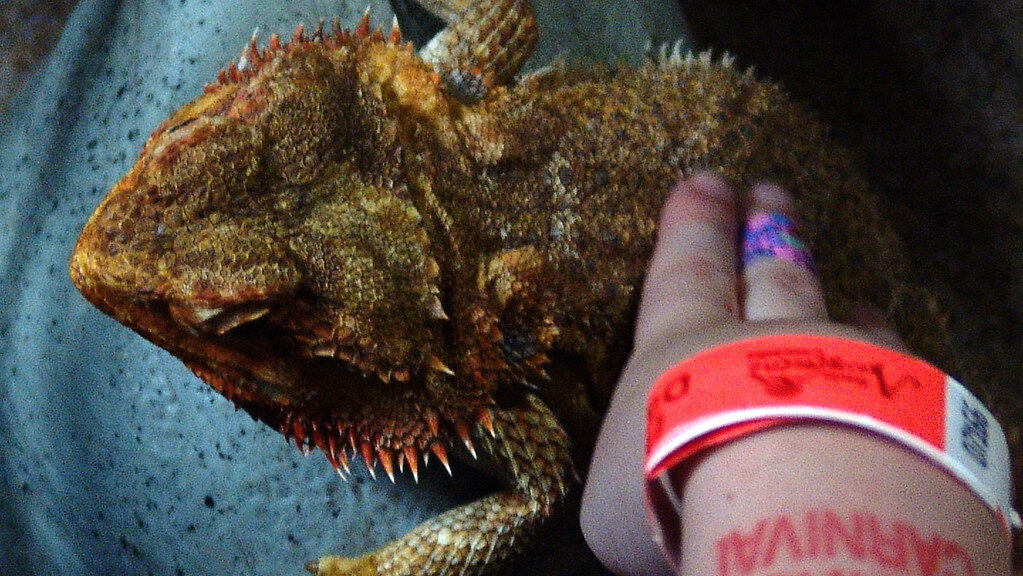
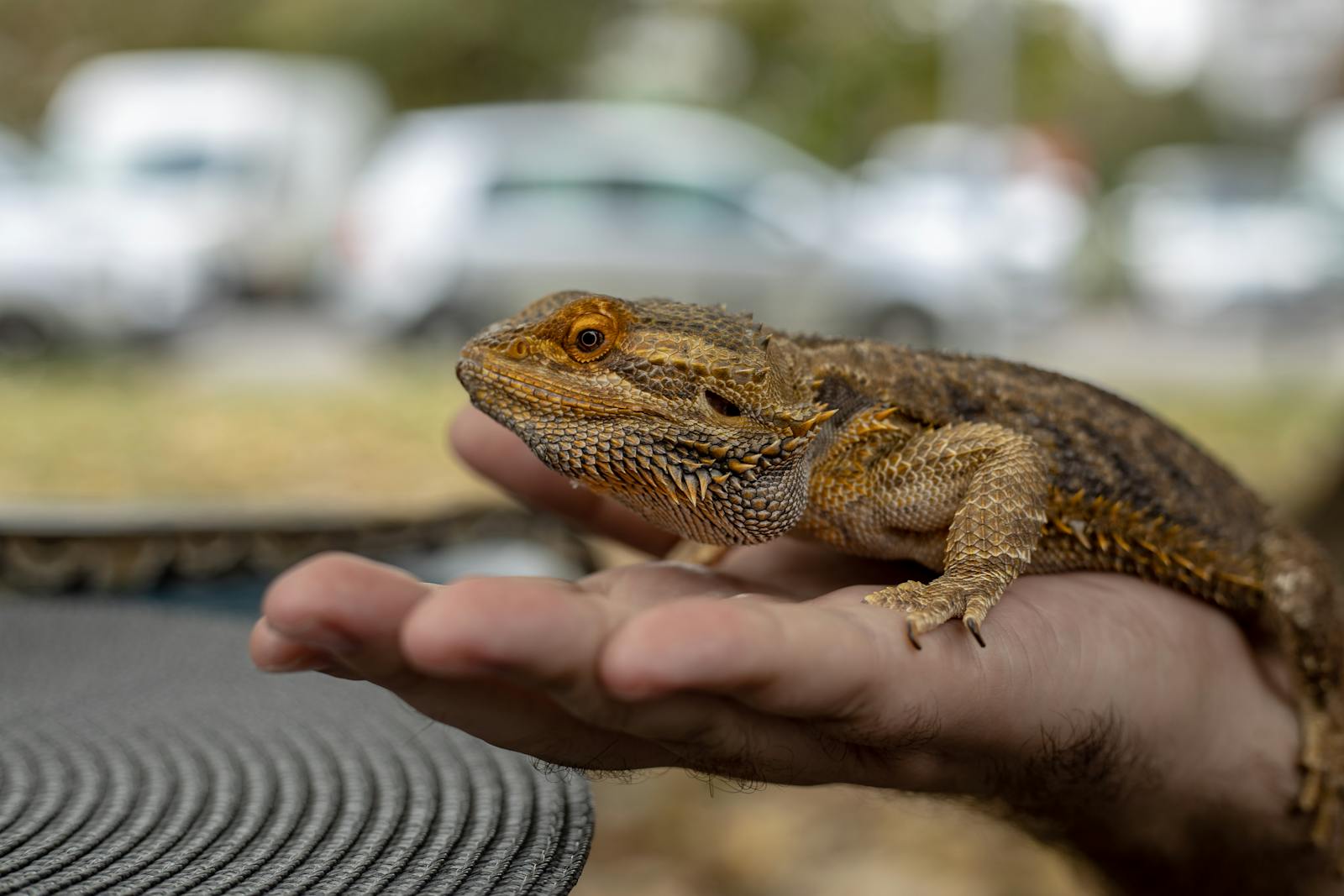
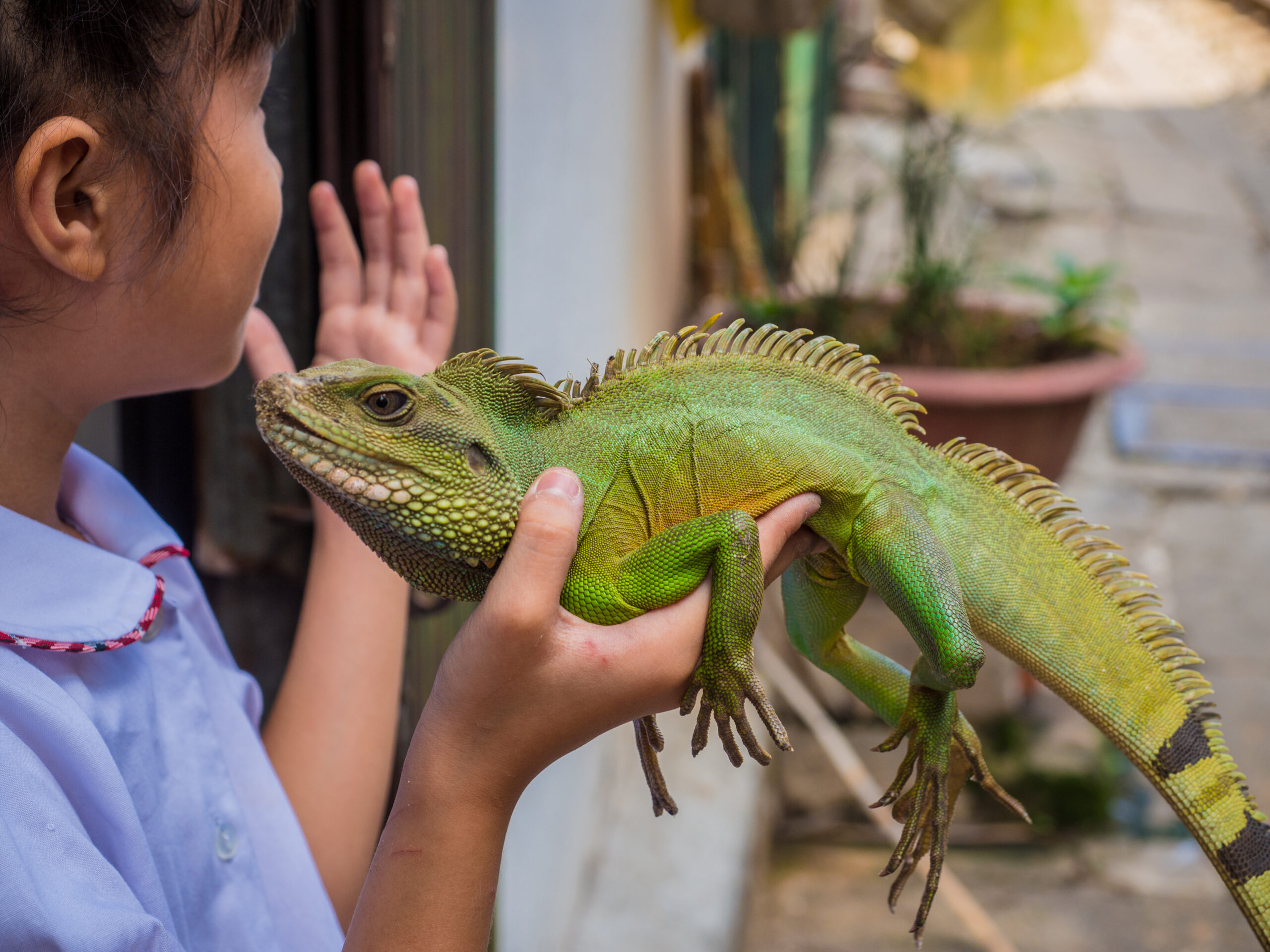
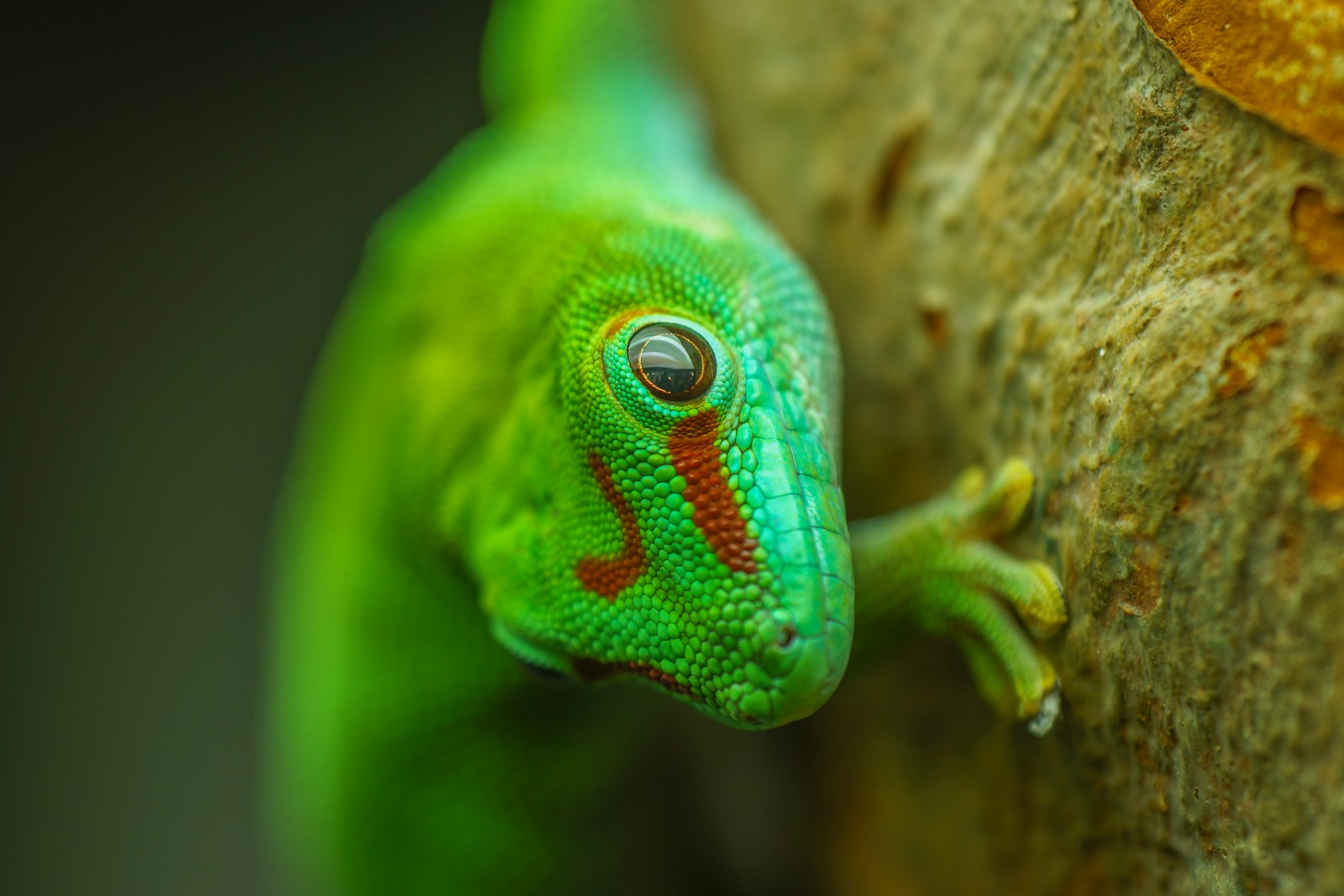
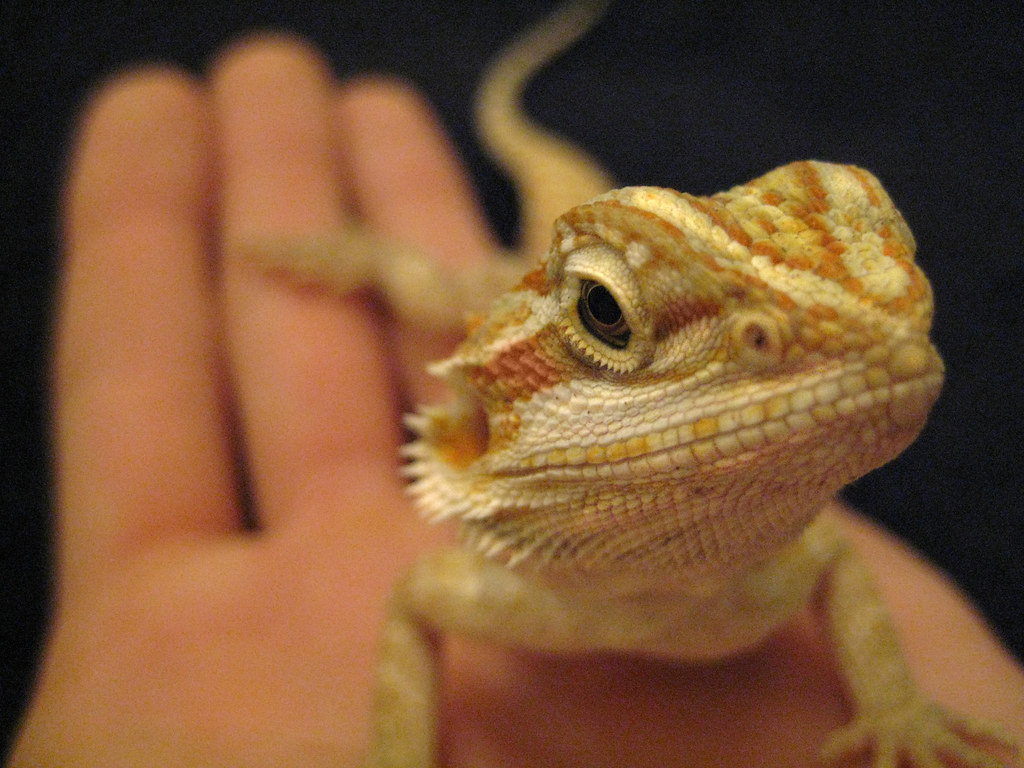
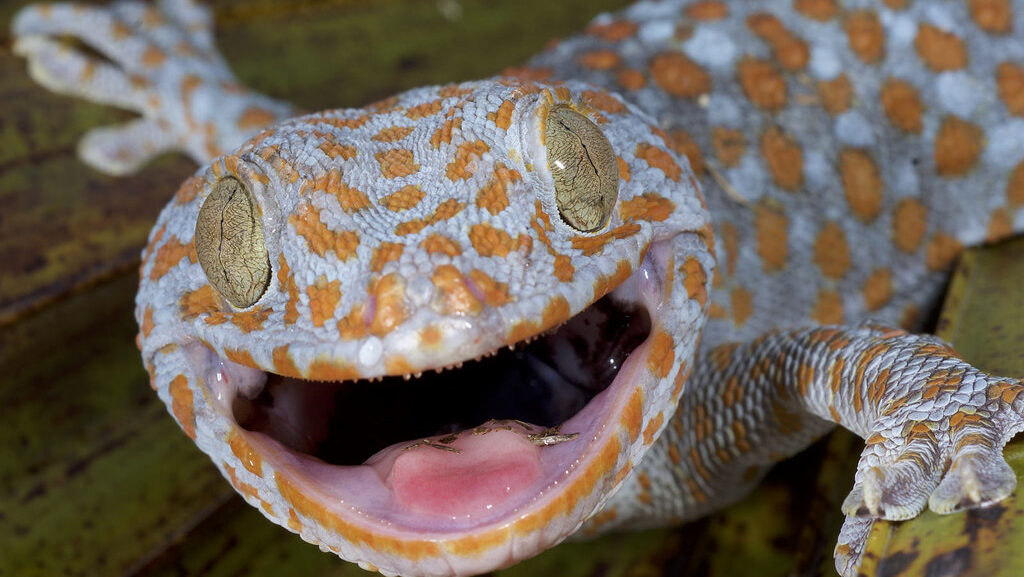
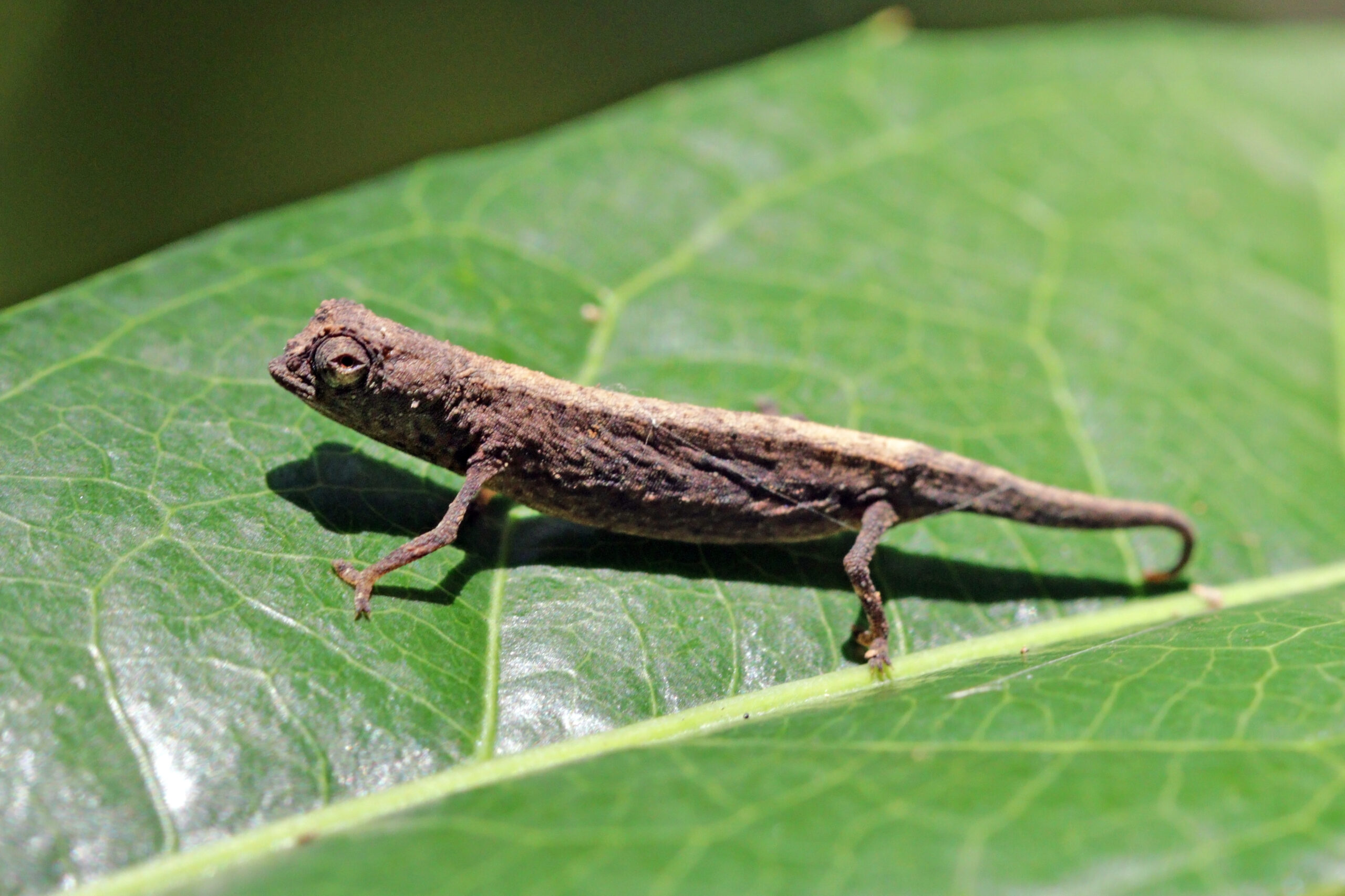

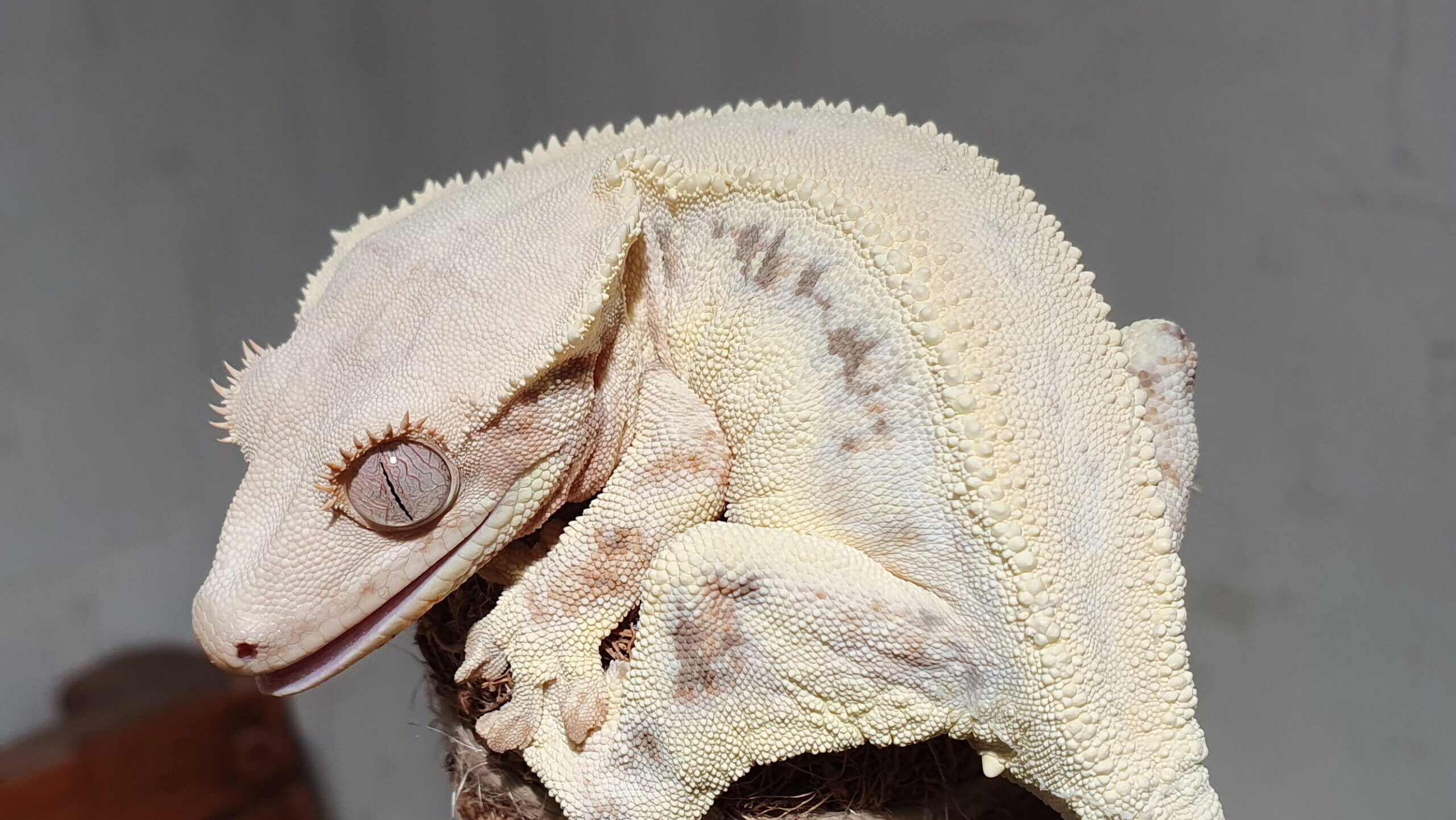
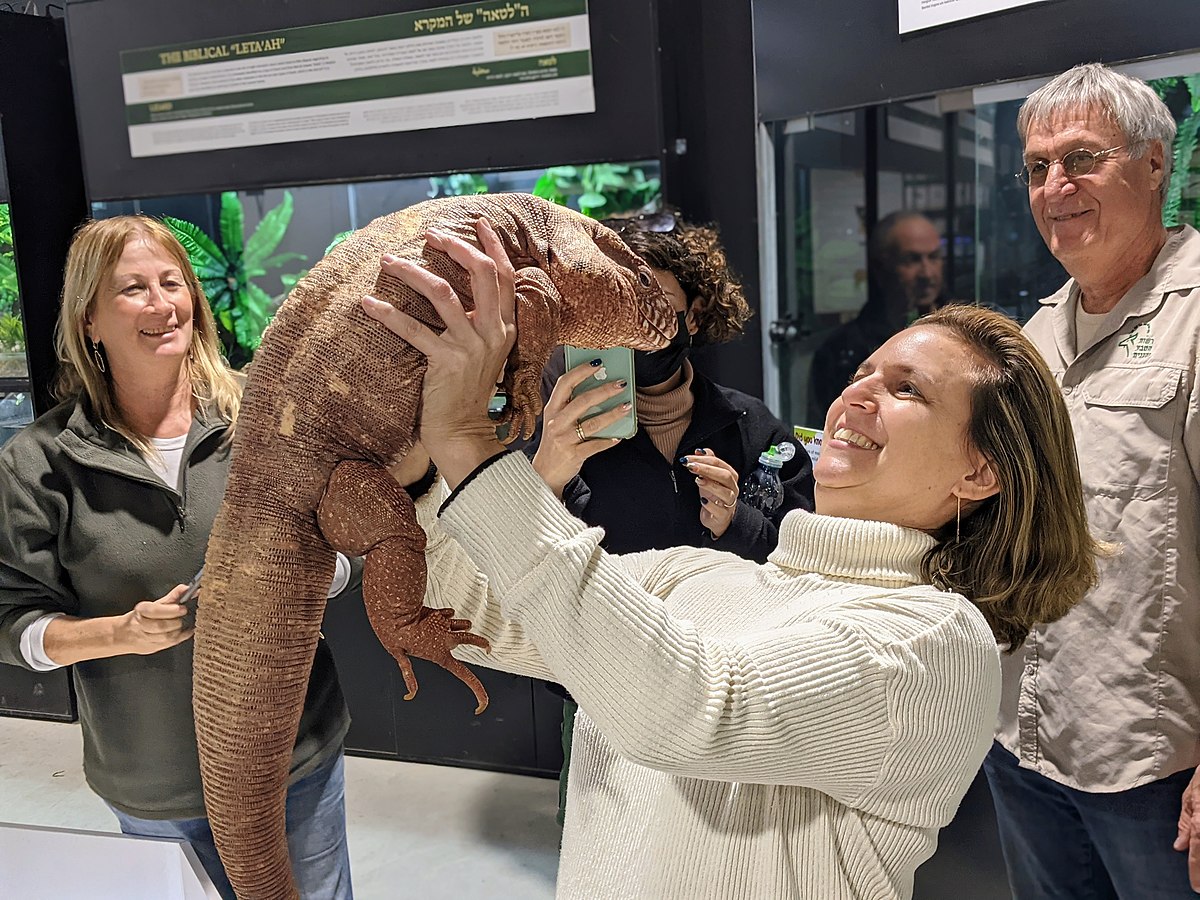
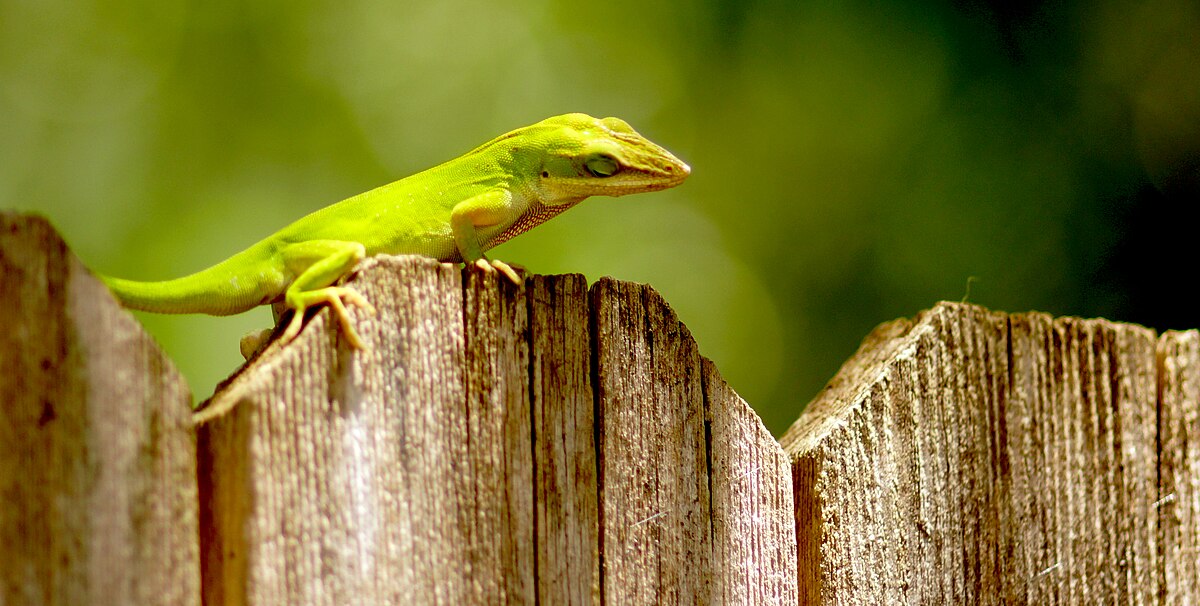




Leave a Reply